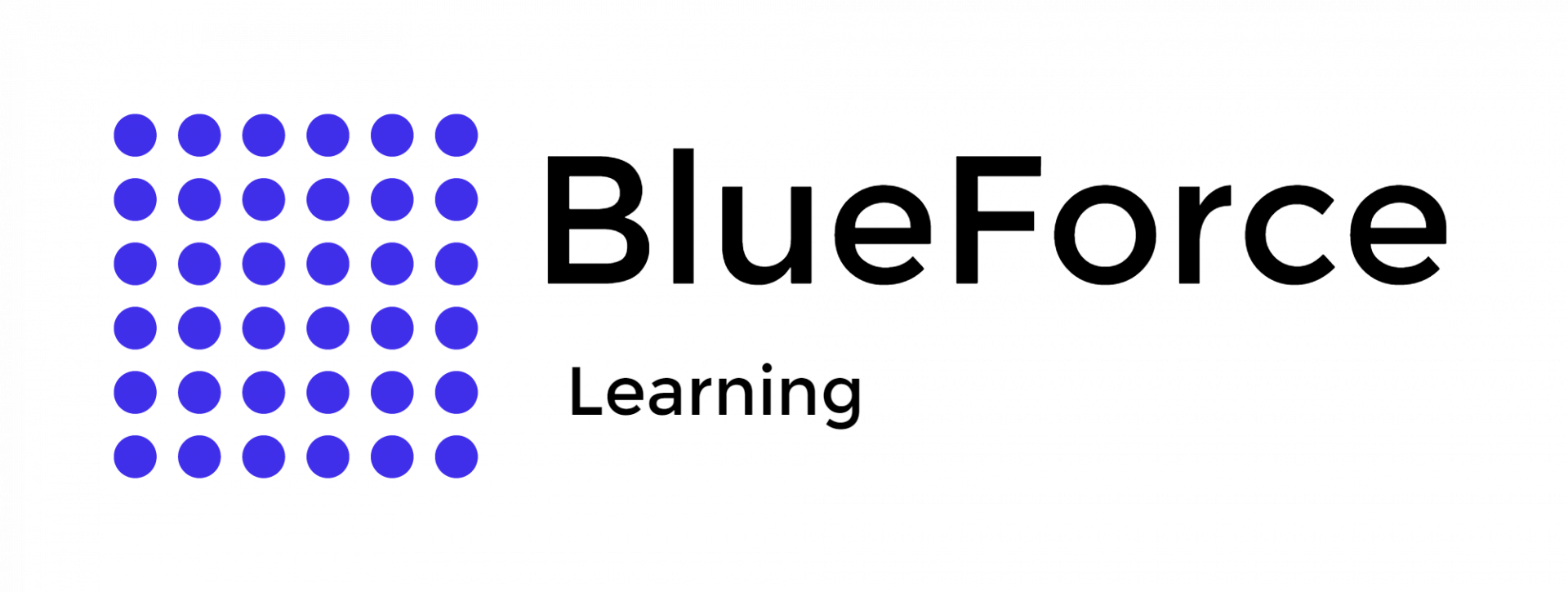Crime
mapping is one of the most effective ways
to reduce crime in the city. By providing greater transparency regarding crime
information, the police department can build up its relations with the public.
Initially, crime data mapping was hesitant because of privacy concerns, but
looking at its benefits has shunned all doubts instantly. In fact, crime data
analysis has had a positive impact on communities, leading to a trend of police
services across the USA using this tool.
How Does
Crime Mapping Work?
Law enforcement agencies and personnel are always on the quest to find the precise way to reduce crime in the area. Crime mapping is the perfect tool that enables them to identify the pinpoint locations and hot spots with actual numbers. However, the geospatial crime prevention by
crime data mapping process involves several key steps:
Data Collection: Crime data is gathered from police incident reports, emergency calls, surveillance footage, and public tips. All the information must be collected from trusted sources to derive better results.
GIS Integration: The data is inputted into
GIS software, which links it to specific geographic coordinates. This software analyzes and displays the data according to those particular coordinates.
Analysis: After this, the predictive mapping techniques might show patterns and clusters of criminal activities identified through statistical models. This helps law enforcement pinpoint hot spotstroubled areas more precisely.
Visualization: Maps are generated to highlight hotspots, trends, and potential threats. Law enforcement can allocate resources more effectively by pinpointing areas with concentrated crime activity.
Actionable Insights: Law enforcement agencies use the maps to direct patrols, allocate resources, and strategize interventions. By analyzing historical data, analysts can conduct crime hotspots identification and proactively deploy resources to prevent crime before it occurs.
Therefore, it is how law enforcement can leverage crime data visualization guides to identify and mitigate crime in the neighborhood. This tool significantly enhances intelligence-sharing, crime scene data collection, and public engagement.
Get Free Access to Our Law Enforcement Courses
When reducing crime with mapping techniques, officers encounter vast amounts of data that need processing. Each data set is unique and provides essential information that leads to further analysis and results.
Introductory Guide to Crime Analysis and Mapping explains five different kinds of data analysis that the department can do through crime data mapping. Some of them are as follows.
This data analysis mainly focuses on organized criminal activities (e.g., drugs trafficking of human beings rings, prostitution, terrorism). One can link people, events, and evidence to uncover networks and aid investigations. To process this, the department can use information like surveillance data, informants, telephone data and financial records. Moreover, it also helps prioritize leads, identify relationships, and prevent criminal activity.
This crime data analysis studies serial crimes, victims, and crime scenes to create offender profiles. It mainly focuses on severe crimes like murder and rape, using qualitative data. It can be analyzed by examining spatial patterns (e.g., crime or dump sites) to link cases and catch offenders.
This data analysis analyzes recent crimes to identify patterns, trends, and potential suspects. Police officers can use specific crime details (e.g., time, location, method of entry) to solve cases. Moreover, it aims to quickly link cases, identify suspects, and conduct transparent investigations. The information can be shared with patrol officers and detectives for immediate action and to ensure peace in the neighborhood.
Strategic crime analysis focuses on long-term crime patterns and problem-solving. It mainly analyzes aggregate data (e.g., crime trends, socio-demographics, and locations). By eEvaluating law enforcement strategies and crime prevention programs, law enforcement agencies can take data-driven actions. Moreover, it also helps address ongoing issues like drug activity or vehicle theft.
Administrative Crime Analysis presents crime findings to inform law enforcement, governments, and citizens. It tailors information for audiences like police executives, city councils, and the public. Often shared via reports, summaries, or online platforms, this crime analysis is essential for administrative solutions. Furthermore, it also ensures clarity, conciseness, and adherence to privacy and confidentiality standards.
Crime mapping is a cornerstone of modern crime prevention. Leveraging data, technology, and community engagement empowers law enforcement agencies to act strategically and proactively. While ethical challenges must be addressed, the benefits of crime mapping in creating safer neighborhoods and cities are undeniable. Crime data mapping will remain a critical tool as crime prevention continues to evolve, shaping a future where technology and public safety coexist.
To maximize understanding of these tools, Blueforce Learning took the initiative and launched advanced classes for all learners. We also offer
law enforcement certifications, which can add an additional feather to your achievement. Join us now and learn all the Excel and location-related tools to enhance your crime-solving skills.
Mapping the crime location is important because it helps
identify patterns, hotspots, and trends. This enables law enforcement to
allocate resources effectively, prevent crime, and enhance public safety.
What
are the four types of analysis mainly conducted
in the crime analysis unit?
There are four types of crime analysis within the field:
Administrative Crime Analysis, Crime Intelligence Analysis, Strategic Analysis,
and Tactical Analysis.


